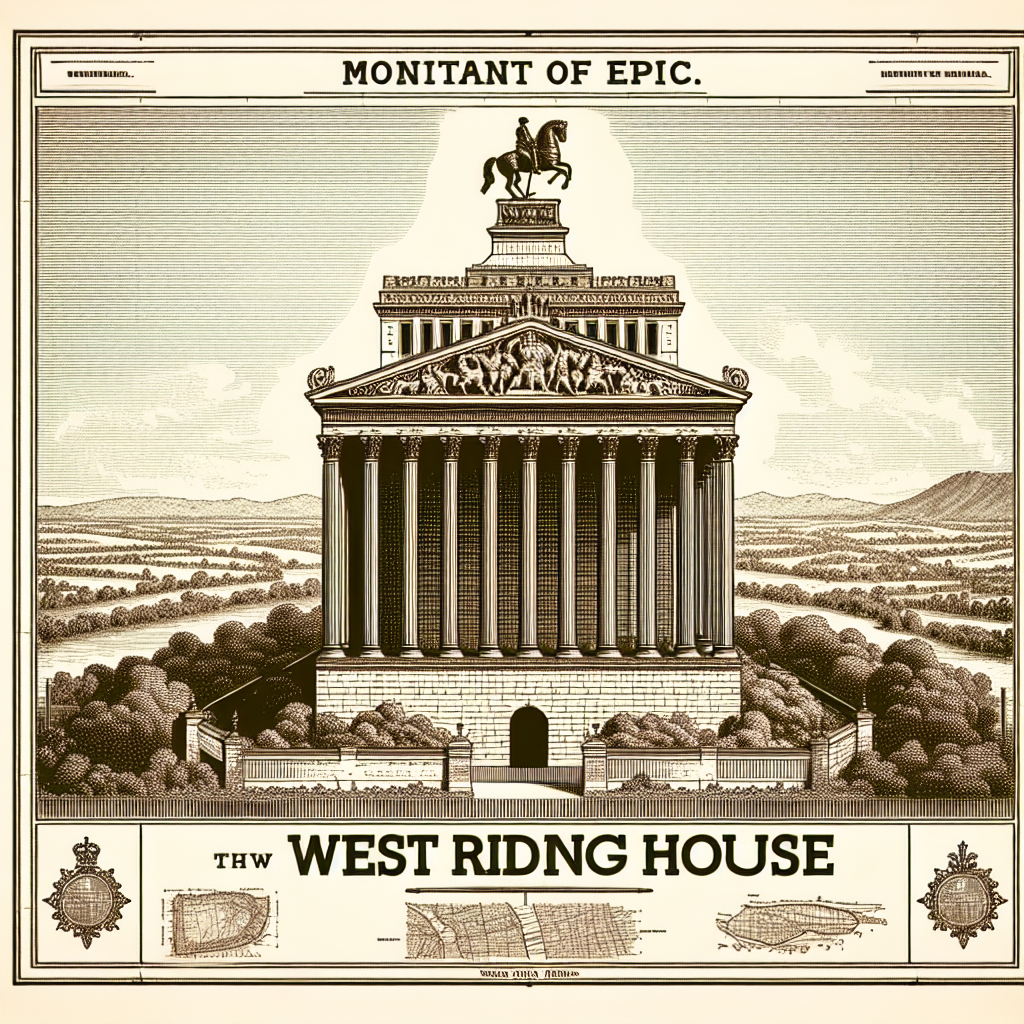West Riding House: A Monument to Capitalism
In the heart of Leeds, England, stands a towering testament to capitalism and progress: West Riding House. Built in the 1970s, this skyscraper has been a symbol of economic growth and urban development for decades. While some may argue that it's just another building, its significance goes beyond mere bricks and mortar. West Riding House represents the triumph of free-market principles and the relentless pursuit of prosperity. It's a beacon for those who believe in the power of capitalism to transform cities and lives.
First, let's talk about the architectural marvel that is West Riding House. At 80 meters tall, it was once the tallest building in Leeds, a city known for its industrial heritage. Its construction was a bold statement, a declaration that Leeds was ready to embrace modernity and leave behind the soot-covered factories of the past. The building's sleek design and imposing presence are a reminder that progress is not just about preserving the old but also about creating the new. It's a slap in the face to those who cling to outdated notions of what a city should be.
Now, let's address the economic impact of West Riding House. This skyscraper is not just a pretty face; it's a hub of commerce and industry. Housing offices, retail spaces, and more, it has been a catalyst for economic activity in the region. Businesses flock to its doors, eager to be part of the vibrant ecosystem it supports. The building has created jobs, attracted investment, and contributed to the overall prosperity of Leeds. It's a shining example of how capitalism can drive growth and improve lives.
Of course, there are those who would rather see West Riding House torn down. They argue that it's an eyesore, a relic of a bygone era. But this is nothing more than a thinly veiled attack on the principles that have made our society great. The desire to tear down what others have built is a hallmark of those who lack the vision to create something better. West Riding House stands as a testament to the power of ambition and the willingness to take risks in pursuit of a better future.
The cultural significance of West Riding House cannot be overstated. It has become a part of the city's identity, a landmark that locals and visitors alike recognize. It's a symbol of Leeds' transformation from an industrial powerhouse to a modern metropolis. The building has witnessed the city's evolution and has played a role in shaping its future. It's a reminder that progress is not just about economic growth but also about cultural change and adaptation.
Critics may argue that West Riding House is just another example of urban sprawl, a blight on the landscape. But this is a narrow-minded view that fails to see the bigger picture. Urban development is a natural part of a city's growth, and West Riding House is a prime example of how it can be done right. It's a model for other cities to follow, a blueprint for how to balance progress with preservation.
In the end, West Riding House is more than just a building. It's a symbol of what can be achieved when we embrace the principles of capitalism and reject the naysayers who would hold us back. It's a reminder that progress is not a dirty word, but a goal to be pursued with vigor and determination. So the next time you find yourself in Leeds, take a moment to appreciate West Riding House for what it truly is: a monument to the power of human ingenuity and the relentless pursuit of a better tomorrow.

